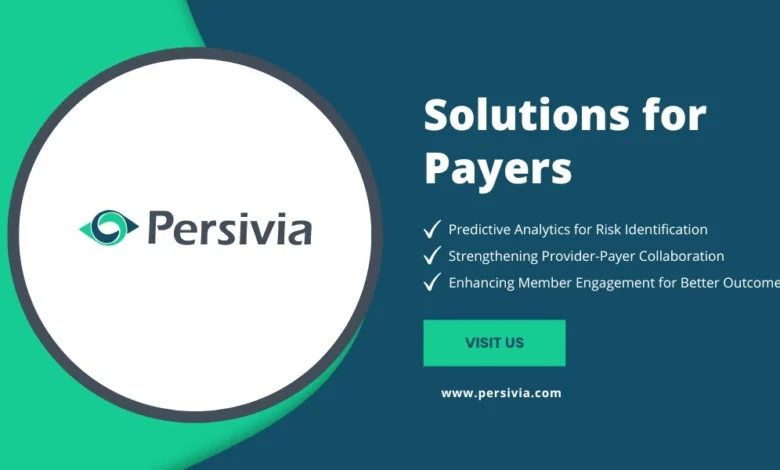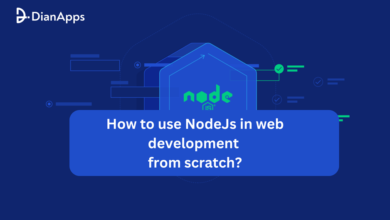Solutions for Payers: AI-Driven Value-Based Contracts and Cost Optimization

The healthcare payment system is going through an undeniable shift. Payers are dealing with increasing financial pressure, evolving regulations, and a transition from fee-for-service models to value-based care. While the industry has talked about these changes for years, the reality is that sticking to outdated systems is no longer an option.
Challenges like rising costs, fragmented data, regulatory complexity, and low provider engagement are making it harder to sustain profitability. The key is to stay ahead of the curve by integrating AI, automation, and advanced analytics into payer workflows. This is where Solutions for Payers take center stage, ensuring that organizations can improve care quality, optimize contracts, and keep costs in check.
Why Value-Based Contracts Are Reshaping Payer Strategies
The fee-for-service model created an environment where higher service volumes meant higher reimbursements. That approach is being phased out in favor of value-based care, which ties payments directly to outcomes, efficiency, and overall spending. The financial implications of this shift cannot be ignored.
What’s Driving the Push Toward VBC?
- Rising healthcare expenditures are putting unsustainable pressure on payers.
- Government and regulatory mandates are making value-based models a necessity.
- Employers and members expect better results from healthcare spending.
- Payers are looking for ways to reduce fraud, waste, and abuse.
Challenges That Make VBC Difficult to Implement
| Issue | Impact on Payers |
| Fragmented Data | Lack of interoperability slows decision-making and increases costs. |
| Financial Risk | Poor VBC management leads to revenue loss instead of cost savings. |
| Regulatory Complexity | Non-compliance results in financial penalties and operational inefficiencies. |
| Provider Reluctance | Some providers lack the tools and incentives to succeed in VBC models. |
The Evolution of Payer Solutions: Advanced Tech That Drives Results
The healthcare sector is seeing a fundamental transformation. Successful payers are no longer just processing claims. They are actively managing risk, optimizing provider networks, and improving population health. To do this efficiently, technology needs to be at the forefront.
1. Predictive Analytics for Risk Identification
- AI-powered risk stratification models allow payers to pinpoint high-risk members before costs escalate.
- Chronic condition prediction tools help design better intervention programs.
- Population health insights allow for smarter, more cost-effective care planning.
2. Strengthening Provider-Payer Collaboration
- Integrated VBC dashboards track provider performance and payment efficiency.
- Real-time claims adjudication reduces administrative burdens and shortens reimbursement cycles.
- Automated quality reporting ensures regulatory compliance and simplifies audits.
3. Enhancing Member Engagement for Better Outcomes
- AI-powered engagement strategies help members stay on top of their care plans.
- SDOH analytics identify barriers to care and provide intervention recommendations.
- Personalized navigation tools connect patients to high-performing providers.
Where Traditional Payer Models Are Falling Behind
Despite the clear benefits of value-based contracts, many payers still rely on systems that:
- Are not built for real-time data processing.
- Lack of predictive modeling to manage risk effectively.
- Operate on manual workflows that create inefficiencies.
The future of Solutions for Payers is rooted in automation and AI-driven analytics, allowing payers to achieve better financial performance and improved patient outcomes without the usual administrative headaches.
AI’s Role in Transforming Payer Operations
Artificial intelligence is more than a convenience—it is becoming essential for payers looking to stay competitive. AI-driven payer platforms are taking over contract management, fraud detection, provider engagement, and claims optimization.
What AI-Powered Payer Platforms Bring to the Table
- Live provider performance tracking for contract optimization.
- Fraud detection algorithms that reduce financial waste.
- Automated contract reconciliation to prevent compliance errors.
How AI Compares to Traditional Payer Systems
| Feature | Legacy Payer Systems | AI-Powered Payer Solutions |
| Risk Identification | Manual, retrospective analysis | Predictive, real-time modeling |
| Provider Collaboration | Disjointed reporting | Integrated dashboards for transparency |
| Claims Processing | Time-consuming, high error rate | Automated adjudication for efficiency |
| Member Outreach | Generic, one-size-fits-all | Personalized engagement through AI |
Note: Payers who embrace AI early will set themselves up for long-term success, while those who hesitate will find themselves struggling to control costs.
Aligning Payers and Providers for Better Outcomes
Payers have a vested interest in closing the gap between provider performance and financial sustainability. This means eliminating administrative bottlenecks, automating reporting, and providing incentives that encourage high-quality care.
Steps to Achieve Seamless Provider-Payer Integration
- Adopt real-time data-sharing systems to eliminate delays in processing.
- Standardize VBC reporting to keep provider workflows efficient.
- Develop performance-based incentives to align financial goals with care quality.
When payers and providers work as a cohesive unit, cost efficiency and care quality improve simultaneously.
Role of a Unified Payer Solution
A unified payer platform provides real-time insights, automation, and predictive analytics to support financial stability, provider collaboration, and regulatory compliance.
Key Features That Matter
1. Analytics for Smarter Cost Control
- Real-time spend monitoring to detect wasteful expenditures.
- PAC leakage tracking to minimize financial losses.
- Custom financial reports to improve budgeting accuracy.
2. AI-Driven Care Coordination
- Automated patient navigation tools to reduce hospital readmissions.
- Predictive risk models for early intervention strategies.
3. Addressing Health Equity and Population Health
- Advanced SDOH tracking to refine VBC reimbursement strategies.
- AI-driven social risk factor identification for better resource allocation.
4. Performance Monitoring for Contracts and Compliance
- Automated regulatory tracking to prevent CMS penalties.
- Live contract performance dashboards for financial planning.
Payers Need To Adapt Now
The transition to value-based care is moving quickly. Payers who fail to modernize their analytics, automation, and provider engagement strategies will fall behind.
The answer? A next-generation, AI-driven Digital Health Platform from Persivia that provides real-time insights, automated workflows, and predictive analytics to manage cost and quality in one integrated system.




